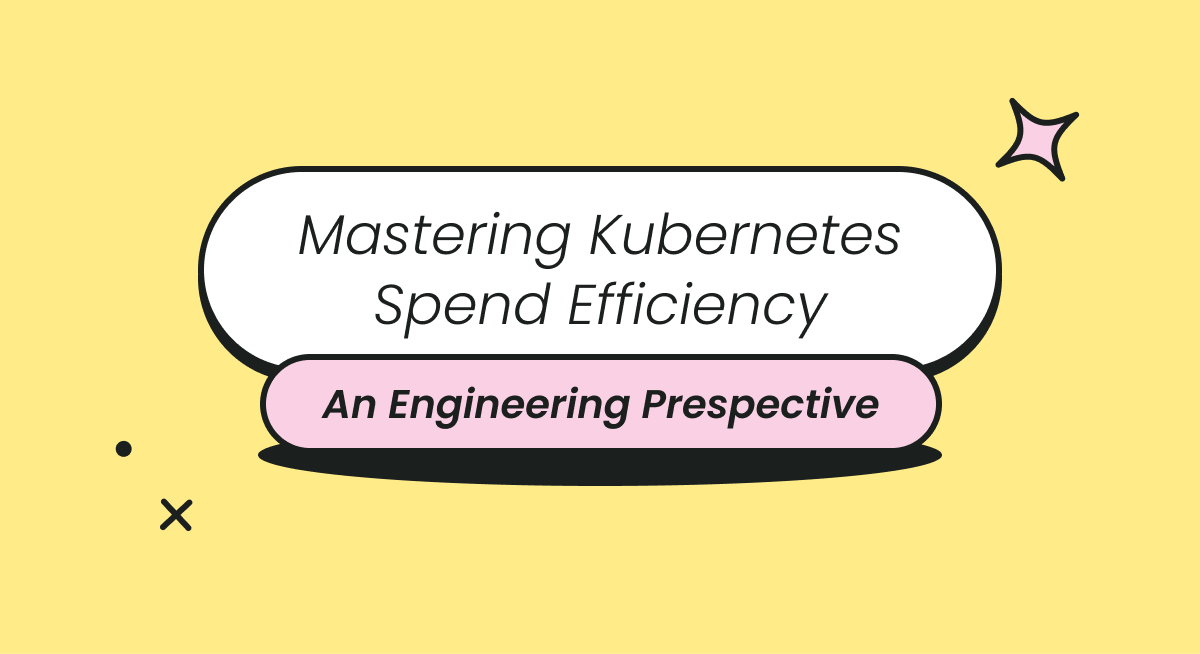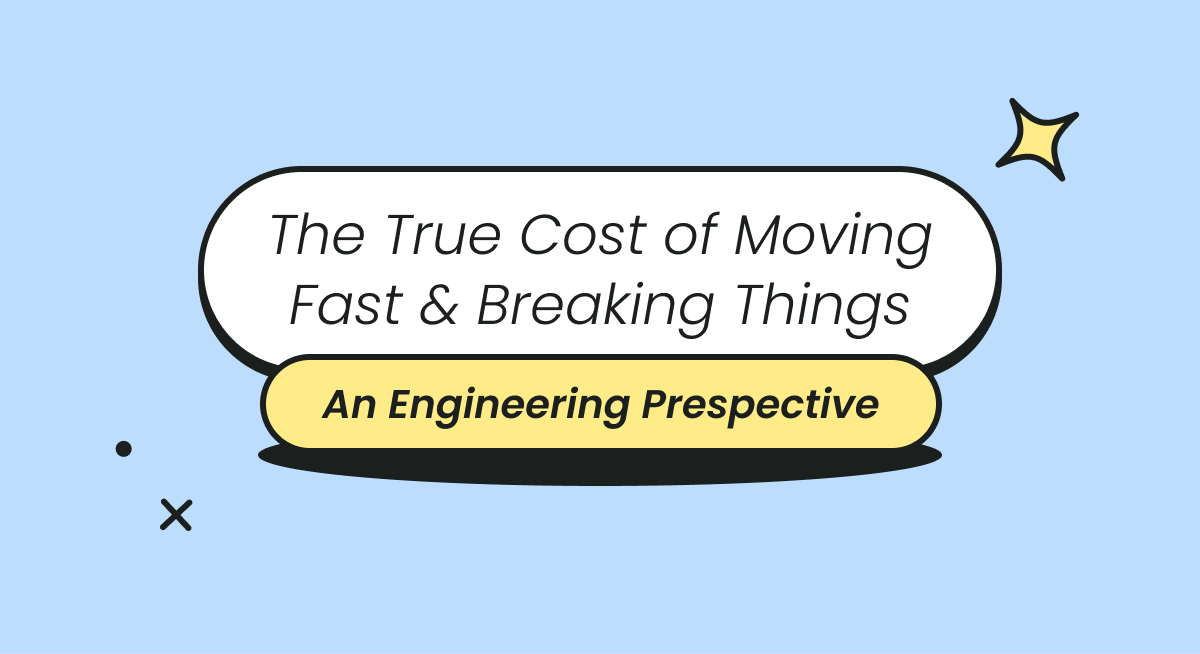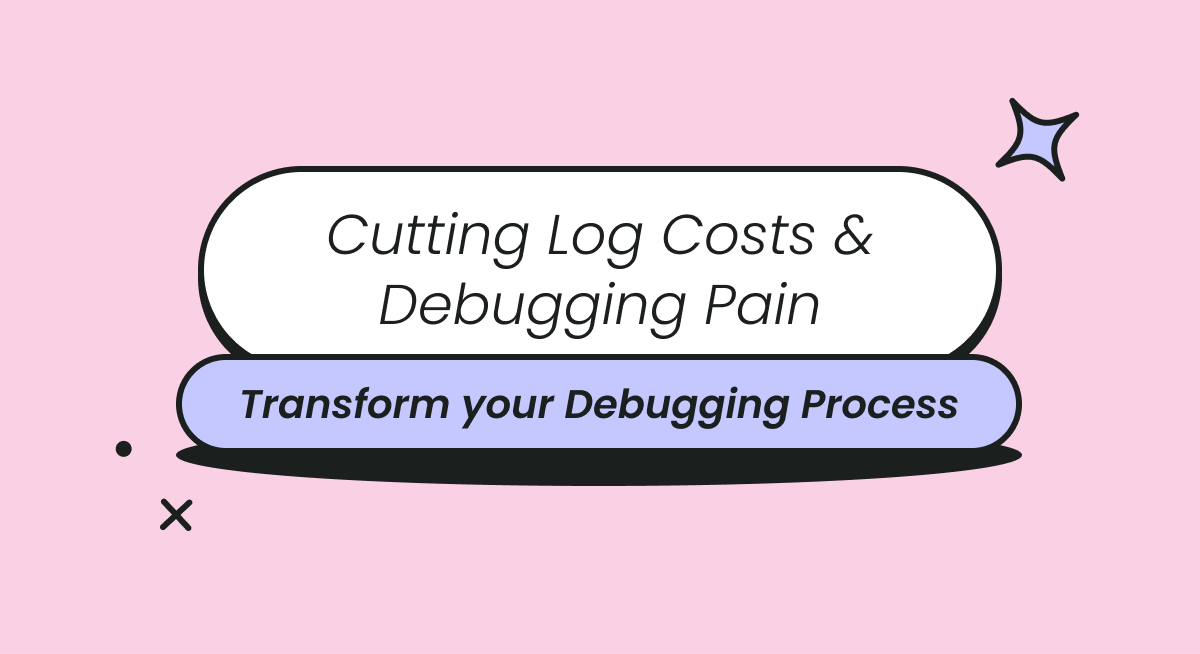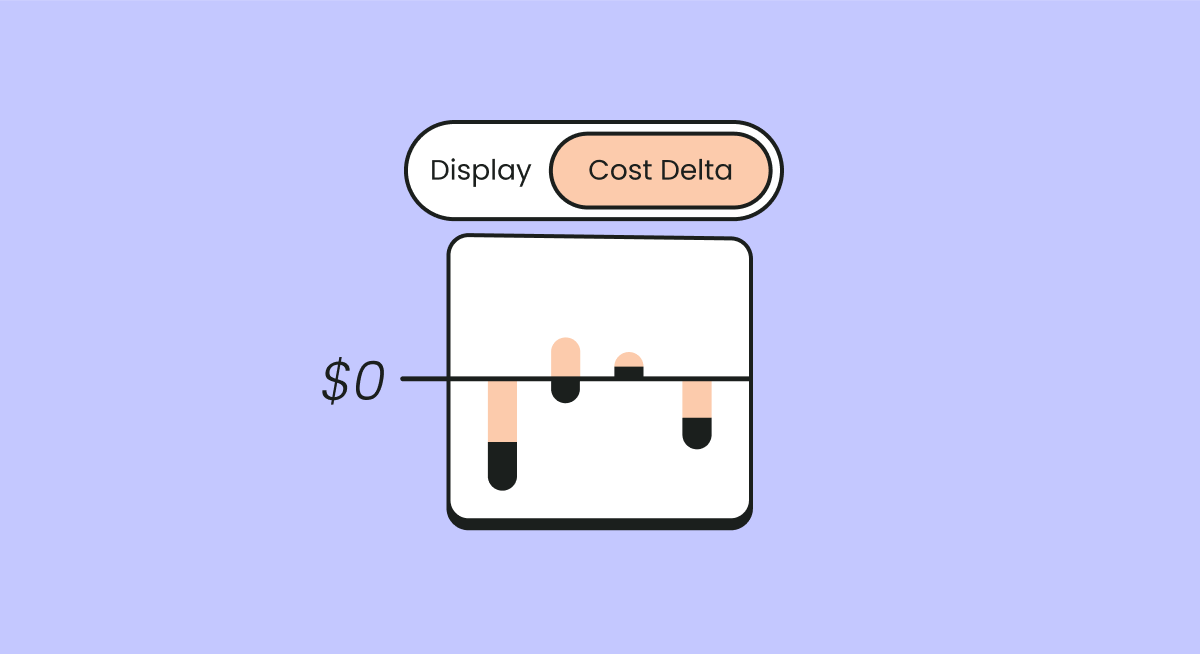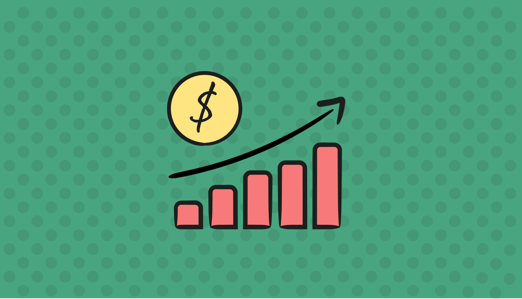
In today’s cloud-first world, increasing cloud spend isn’t always a cause for concern—it can be a sign of business growth, more customers, or innovation. But how can you ensure that rising cloud costs are connected to business outcomes and profitability? That’s where Finout’s Unit Economics widget comes in! It helps break down cloud costs, revealing how much it takes to support each customer, transaction, or service. It’s time to move beyond viewing cloud spend as a lump sum and gain real insight into how each dollar spent fuels your success.
What is Unit Economics?
Unit economics refers to the practice of understanding and analyzing costs and revenues at the most granular level—per unit. In the context of cloud computing and FinOps, a “unit” could be anything that creates value for the organization, such as a customer, transaction, or product.

Unit Economics Matters for Business Growth
Contrary to popular belief, rising cloud costs aren’t always negative; they may indicate growing customer demand or innovation driving competitive advantage. By breaking down cloud costs to this level, businesses can assess profitability on a more specific scale, rather than looking at cloud spend as a lump sum. This approach offers clearer insights into how cloud usage directly influences business performance.
.png?width=622&height=243&name=Unit%20Economics%20Widget_Asafs-Blog_02%20(3).png)
Why Unit Economics Matters for FinOps Teams
Traditionally, organizations have tracked cloud expenses as one large bucket of costs. However, with cloud computing becoming more integral to every aspect of business, this approach lacks the precision necessary for long-term growth. By using unit economics, FinOps teams can:
- Make Smarter Decisions: With per-unit cost data, you can tie cloud usage to specific departments to help avoid overspend. Teams can also optimize product development by prioritizing cost-effective features or services, adjusting efforts to focus on areas that deliver higher value for lower costs.
- Drive Accountability: By connecting cloud spending directly to specific products or services, teams can have more informed conversations about cloud investments and ensure alignment with broader business goals.
- Enhance Financial Planning: Understanding unit economics enables better budget forecasts by revealing seasonal cost patterns, drivers of spending, and potential inefficiencies.
- Cross-Functional Collaboration: Linking costs to business outcomes allows finance and engineering teams to work better together by ensuring cloud usage is both efficient and aligned with the organization’s broader objectives.
Using Finout’s Unit Economics Widget for Cloud Cost Efficiency
- Set up your Unit Economics KPIs
Define your unit KPIs relevant to your organization’s business model. These metrics should be tied to technical or business cost drivers that are meaningful for teams across the organization. You want to create transparency that ensures every cloud dollar spent is tied to tangible business outcomes, helping you spot inefficiencies and avoid unexpected expenses.
- Add the Unit Economics Widget to Your Dashboard for Visibility
Dashboards are essential for the FinOps practice because they offer a real-time, centralized view of your organization’s cloud costs. Adding the Unit Economics widget to your Finout dashboard lets you easily track how cloud costs align with your business metrics—such as cost per user, GB stored, or virtual CPU.
- Track Cost Efficiency of Cloud Spend
With detailed insights into your per-unit costs, you can identify and track cost efficiency over time and highlight inefficiencies. See the trend of your $ / user to understand the health of your SaaS margin. Track $ / GB across products to compare storage cost efficiency and areas to create efficiency. These insights empower your teams to make cost-optimizing adjustments, such as rightsizing instances or improving resource allocation.
- Bridge the Gap Between Finance and Engineering and Scale Efficiently
Unit Economics bridges the gap between finance and engineering teams by presenting cloud costs in a way both teams can easily understand. This shared language fosters collaboration, ensuring that technical and financial decisions are aligned. As your organization scales, the widget tracks how costs grow with the business, helping you maintain cost efficiency, avoid runaway expenses, and ensure cloud investments align with your budget and business goals.
Examples of How Our Customers Are Using Unit Economics
Insurance Company Analyzes Policy Processing Costs
An insurance company used unit economics to track the cost per policy processed by analyzing cloud infrastructure costs tied to their underwriting and claims systems. They identified inefficiencies in their compute and storage usage by breaking down the cloud spend required for processing data-intensive tasks like risk assessment, claims evaluation, and fraud detection. The unit economics insights allowed them to streamline data pipelines, optimize storage tiers, and adjust compute capacity during peak processing times. This led to a 20% reduction in cloud costs per policy, enabling the company to process more policies at a lower cost while maintaining high service quality.
Ride-Sharing Company Optimizes Cost Per Ride
A ride-sharing company used unit economics to analyze the cost per ride by assessing the cloud costs associated with their driver and rider matching algorithms. They pinpointed inefficiencies in their cloud resource allocation by breaking down the expenses related to real-time data processing, GPS services, and transaction handling. The insights gained from unit economics enabled the company to optimize its server usage during peak times and implement predictive analytics to manage demand more effectively. As a result, they achieved a 15% reduction in cloud costs per ride, allowing them to improve profitability while enhancing the rider experience through faster and more efficient service.
Book a demo to see Finout’s Unit Economics in action!
